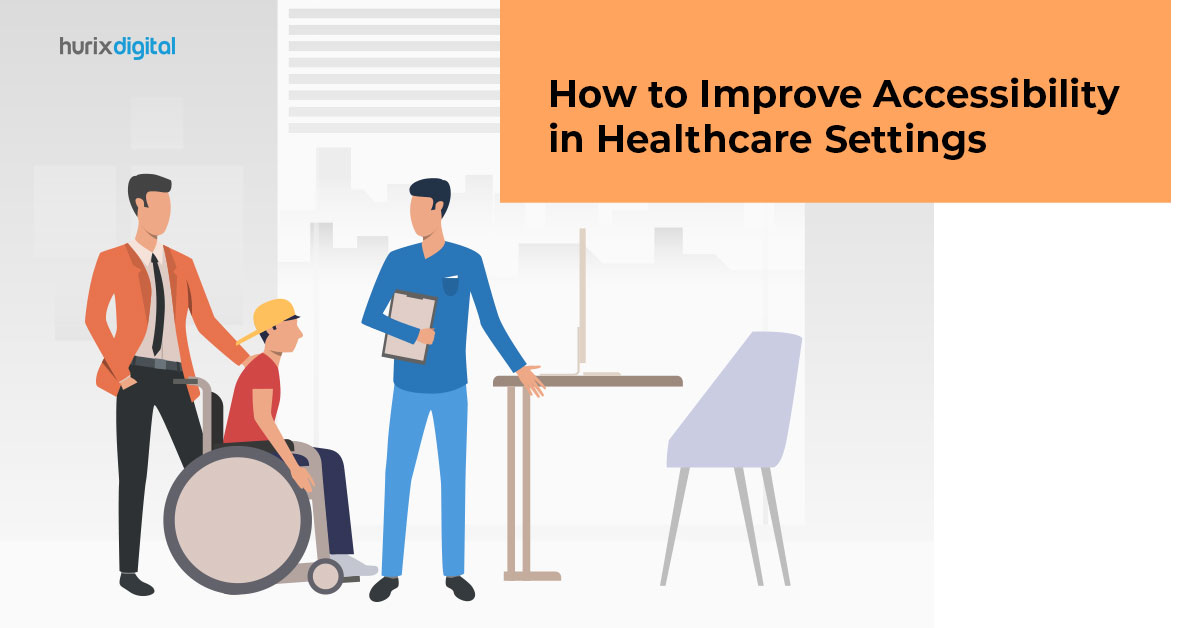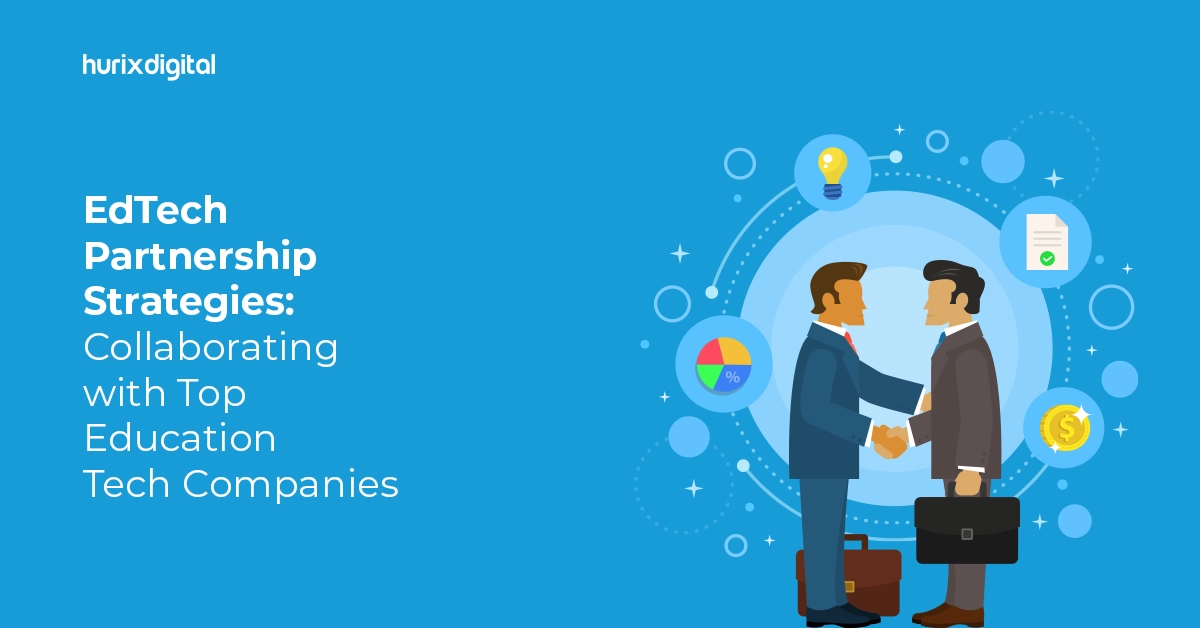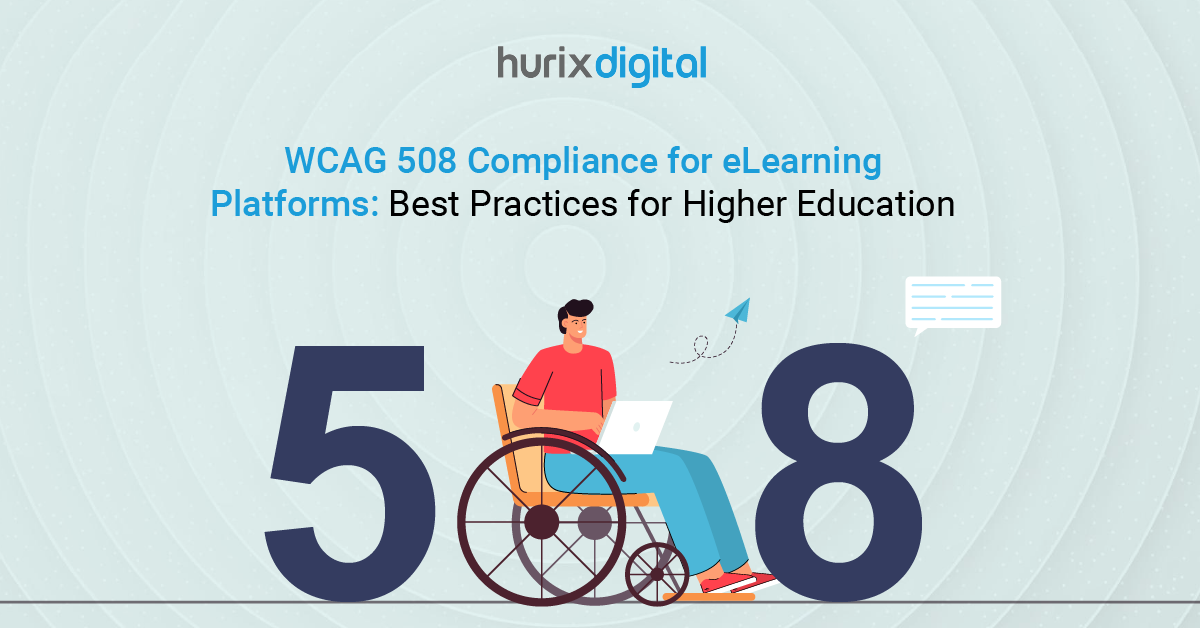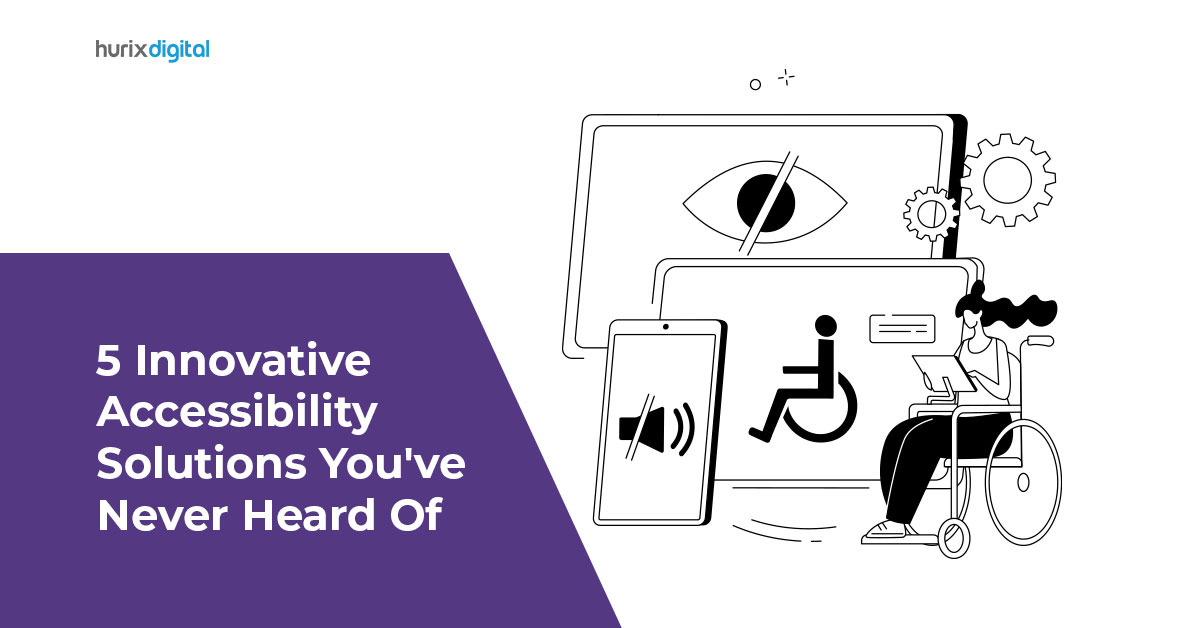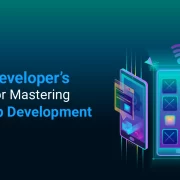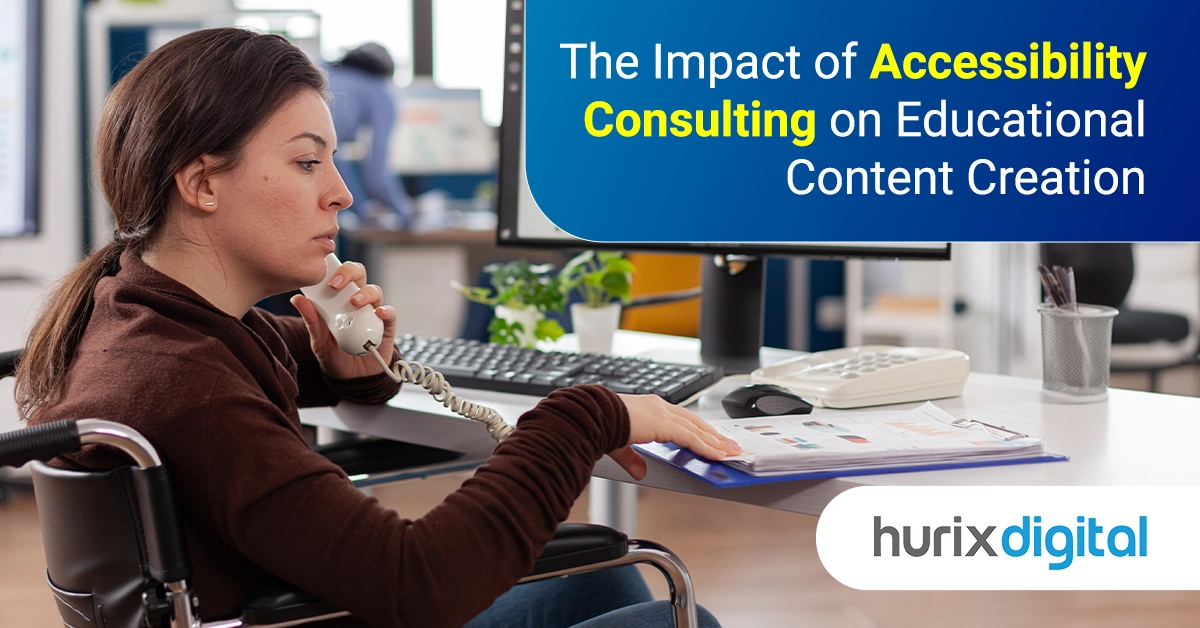
The Impact of Accessibility Consulting on Educational Content Creation
Summary
This blog discusses how accessibility consultants ensure inclusive educational materials for students with disabilities, addressing challenges and best practices in EdTech.
The demand for multi-format content that caters to diverse learning needs underscores the essential role of accessibility consultants in educational technology (EdTech). These experts ensure that educational materials are both inclusive and compliant with legal standards.
Research indicates that enhancing accessibility in higher education institutions is essential for the success of students with disabilities. Comprehensive training for university teaching staff and increased awareness among the educational community are also crucial to support inclusive education at the university level.
Accessibility consultants are pivotal in helping educational publishers adapt to various learning styles and needs, ensuring equitable access to education. Their contributions enhance the learning experience and also propel educational entities to the forefront of EdTech innovation.
Table of Contents:
- The Role of Accessibility Consultants in Educational Publishing
- Exploring Multi-Format Content Accessibility Challenges
- How Does Accessibility Strategy in EdTech Enhance Learning?
- Best Practices for Implementing Accessibility in EdTech
- Accessibility Tools and Technologies in Educational Publishing
- Conclusion
The Role of Accessibility Consultants in Educational Publishing
Accessibility consultants play a great role in transforming educational publishing into an inclusive space. They bring the specialist perspective of accessibility laws, technology, and user needs to the creation of educational material and products. Their approach involves rigorous testing and adaptation of content across multiple formats, from digital textbooks to interactive online platforms.
These consultants have a profound impact on educational content. They work closely with content creators to implement strategies that extend beyond compliance. These strategies involve using alt text for images, closed captions for videos, and improved digital interfaces to enable navigation through assistive technologies. These interventions aim to better educational material usability and access for all, but most especially for those with disabilities.
Furthermore, accessibility consultants advocate for universal design principles, ensuring that educational content is beneficial to all students. This commitment to accessibility is increasingly recognized as essential in educational publishing, promoting broader engagement and more effective learning outcomes.
Also Read: Is Borderless Education Changing the Dynamic of Higher Education?
Exploring Multi-Format Content Accessibility Challenges
Creating and distributing multi-format educational content comes with a unique set of accessibility challenges that require expert navigation. Here are some of the key issues faced in this area:
1. Diverse Learning Needs
Tailoring content to accommodate a spectrum of disabilities, from visual and auditory impairments to learning and cognitive challenges, is a complex task. Accessibility consultants should ensure that all the materials are adaptable to different assistive technologies.
2. Consistency Across Formats
Maintaining accessibility consistency across formats such as e-books, online courses, and interactive tools is challenging. Each format demands specific modifications, making uniformity a challenging goal.
3. Technology Integration
Integration of advanced technologies that can support accessibility is technically complex and resource-intensive.
4. Legal Compliance
Legal compliance with growing accessibility legislation, such as the Americans with Disabilities Act (ADA) and Web Content Accessibility Guidelines (WCAG), requires the upgradation of educational materials. This is a continuous and costly process.
According to a survey, over 70% of primary and lower secondary teachers admitted they had no idea how to make their projects accessible for students with hearing, visual, and motor disabilities. Even 31% of teachers and 41% of lecturers perceive the issue in rendering content accessible to students with learning disabilities.
How Does Accessibility Strategy in EdTech Enhance Learning?
Incorporating an accessibility strategy from the outset of content development in educational technology yields strategic benefits, which optimizes learning outcomes for all students. Here’s how a proactive approach to accessibility shapes a more effective learning environment:
1. Enhanced Engagement
By designing educational tools and content that are accessible to all students, including those with disabilities, engagement levels increase.
2. Wider Reach
An accessibility-first approach allows educational content to reach a broader audience, including learners who might be excluded due to disabilities.
This inclusivity expands the market for educational publishers and also fulfills ethical and legal obligations to provide equal educational opportunities.
3. Improved Learning Outcomes
Accessible content tends to utilize universal design, benefiting learners with and without disabilities. Clear navigation, simplified language, and multiple formats can improve comprehension and retention for a wide range of student populations.
4. Cost Efficiency
The cost of designing for accessibility at the source level of content production is much cheaper than retrofitting the materials post-creation. By doing so, there will be less need for modification and fewer legal issues involving time and money.
Best Practices for Implementing Accessibility in EdTech
Implementing accessibility in educational technology effectively involves a set of best practices that can ensure all learners benefit from equal access to educational opportunities. Expert accessibility consultants recommend the following strategies:
1. Start with an Accessibility Audit
Conduct an accessibility audit of existing educational materials and technologies to discover potential barriers to access. This baseline review will consider different content and digital platforms to develop a holistic enhancement plan.
2. Implement Universal Design for Learning (UDL)
Elements of UDL must be incorporated to develop instructional material appropriate for all groups of learners. UDL aims to offer multiple representations, actions, and expressions, as well as varied manners of engagement, for diversified learning.
3. Embed Accessibility from the Design Stage
Incorporate features that ensure accessibility at the inception of content development. This covers selecting accessible color contrasts and the appropriate text sizes, as well as ensuring that all media, such as videos, images, or audio, have appropriate alternatives like captions, audio descriptions, and alt text.
4. Offer Training on Accessibility
Train your development team and educators in the use of accessibility tools and best practices. Continuous training ensures that staff can effectively implement and maintain accessibility standards.
5. Use Accessibility Technology
When considering implementing sophisticated technology tools, ensure they support varied learning requirements, such as screen readers, speech-to-text applications, and adaptive hardware. It is important to have the latest technology since development does not halt for better practices.
6. Regularly Update and Test for Compliance
Update your educational resources to comply with the latest guidelines, such as the Web Content Accessibility Guidelines. Regular testing on real users, especially people with disabilities, can help you get real feedback and valuable suggestions for improving the system.
Accessibility Tools and Technologies in Educational Publishing
In the realm of educational publishing, a range of tools and technologies play critical roles in enhancing content accessibility. Accessibility consultants often recommend several key solutions to ensure materials are universally accessible:
1. Screen Readers
These tools are used to read out text appearing on the screen for visually impaired users. They make the content of digital programs both perceivable and understandable.
2. Text-to-speech Software
This includes software programs like Natural Reader, which transform written text into spoken word and are designed for people with dyslexia or other reading challenges.
3. Captioning and Audio Description
Captioning and audio description services provided by companies like Amara and the Described and Captioned Media Program help make audiovisual content usable with assistance for people with hearing or visual impairments.
4. Accessible LMS
Learning Management Systems like Blackboard and Moodle have built-in accessible features, and assistive technologies can be used by anybody.
Also Read: Navigating the Current Landscape of US Higher Education: Challenges and Opportunities
Conclusion
The future of accessibility in EdTech is poised for growth as ongoing efforts continue to evolve. With the persistent guidance of accessibility consultants, educational institutions and content creators are increasingly embedding inclusive practices into their digital platforms and learning materials.
This commitment is a response to regulatory compliance and also a recognition of the educational benefits for all students. As technology advances, the integration of AI and machine learning in accessibility tools promises to further tailor educational experiences to individual needs.
For institutions looking to lead in this transformative era, partnering with seasoned experts like Hurix Digital ensures that accessibility strategies are both innovative and effective. Contact us to enhance your accessibility initiatives now!

Vice President – Digital Content Transformation. He is PMP, CSM, and CPACC certified and has 20+ years of experience in Project Management, Delivery Management, and managing the Offshore Development Centre (ODC).
